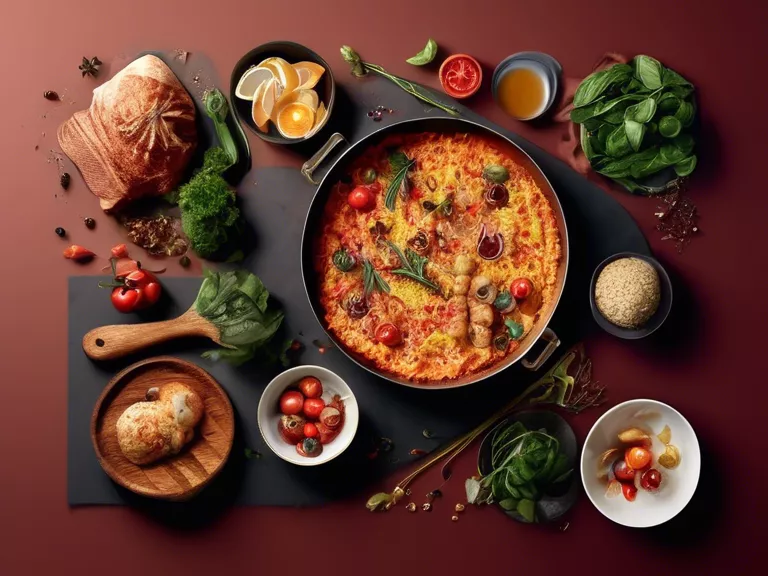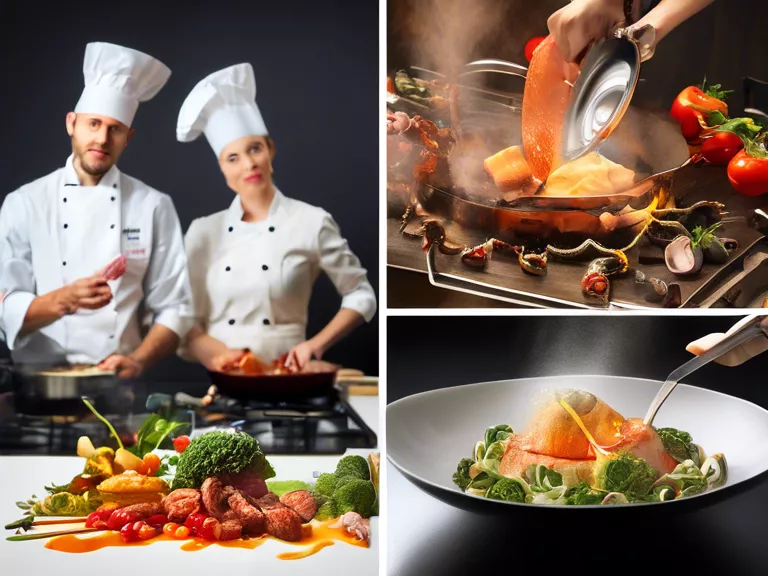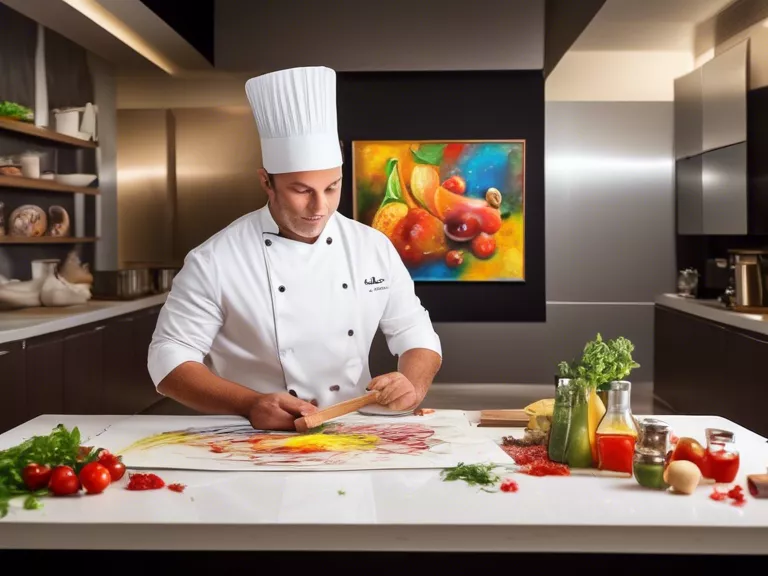
Introduction
In the world of design, creativity knows no bounds. Drawing inspiration from various sources, designers often look outside their immediate field to stimulate their creative juices. One surprising source of inspiration that has gained popularity in recent years is the world of culinary arts. By exploring cooking recipes and techniques, designers can infuse their projects with a fresh perspective and unique creativity.
Enhancing Your Design Projects with Culinary Creativity
1. Color Palette Inspiration
Just as a chef carefully selects ingredients to create a visually appealing dish, designers can use the concept of color theory to craft stunning visual compositions. By studying the color palettes found in different cuisines, designers can create harmonious color schemes that evoke specific moods and emotions in their projects.
2. Texture and Layering
Cooking is all about layering flavors and textures to create a well-balanced dish. Similarly, designers can experiment with textures in their projects to add depth and dimension. By incorporating elements like rough textures, smooth gradients, or intricate patterns, designers can create visually engaging designs that captivate the audience.
3. Typography and Menu Design
Just as a well-designed menu entices diners to explore new flavors, typography plays a crucial role in guiding users through a design project. By drawing inspiration from menu designs and food packaging, designers can experiment with typography to create visually striking layouts that effectively communicate information to the audience.
4. Composition and Presentation
Presentation is key in both cooking and design. Just as a beautifully plated dish can elevate the dining experience, well-thought-out composition can enhance the visual impact of a design project. Designers can draw inspiration from food styling techniques to arrange elements in a visually pleasing manner and create a cohesive design that resonates with the audience.
5. Mood and Storytelling
Food has the power to evoke emotions and memories, and designers can harness this emotional connection to create compelling narratives in their projects. By infusing elements of storytelling and mood-setting into their designs, designers can create immersive experiences that resonate with users on a deeper level.
Conclusion
By exploring cooking recipes and techniques, designers can unlock a world of creative possibilities and elevate their design projects with culinary creativity. Drawing inspiration from the colors, textures, typography, composition, and storytelling found in the culinary world, designers can craft visually stunning and engaging designs that leave a lasting impression on their audience. So, next time you're in need of a creative spark, head to the kitchen and let the flavors of culinary creativity inspire your next design masterpiece.

